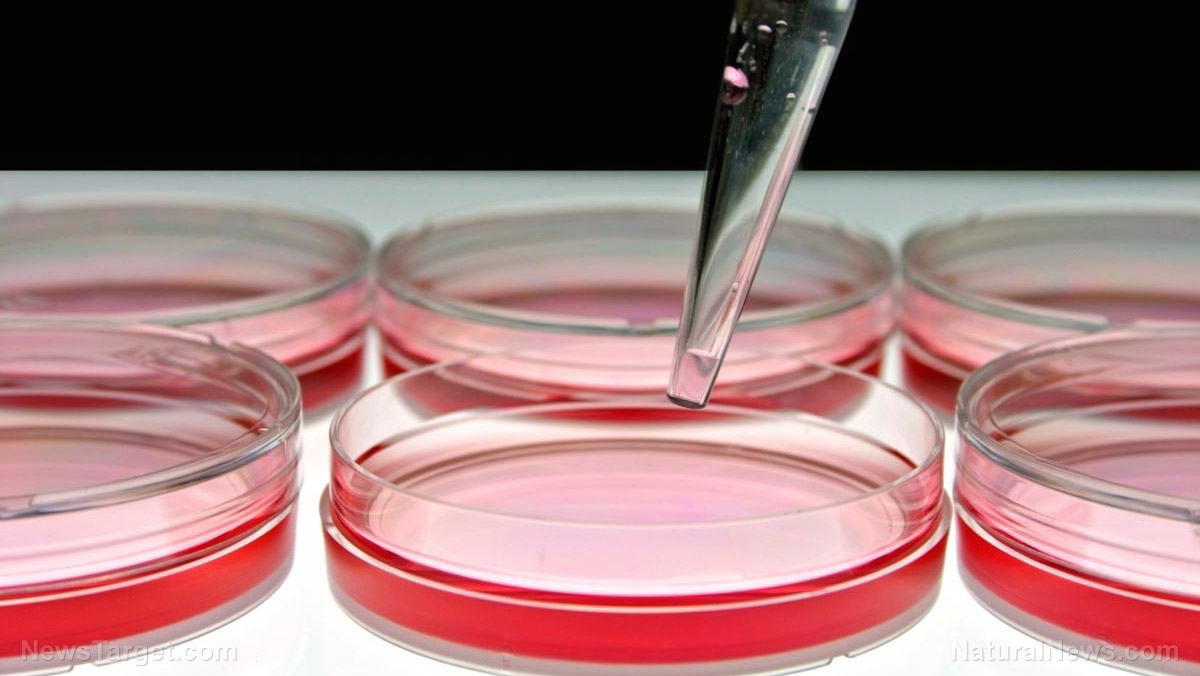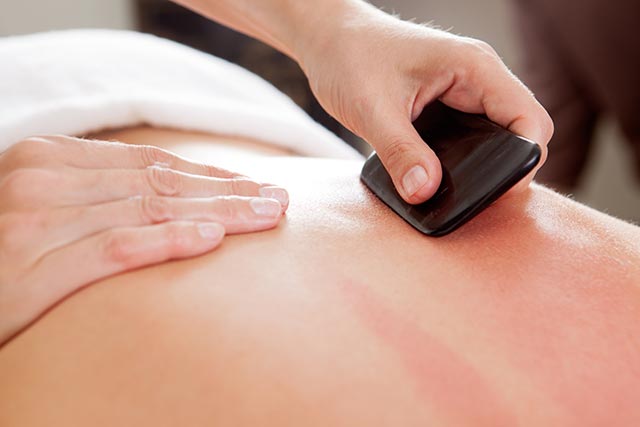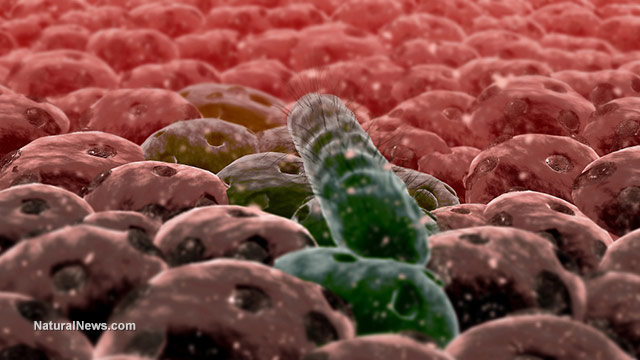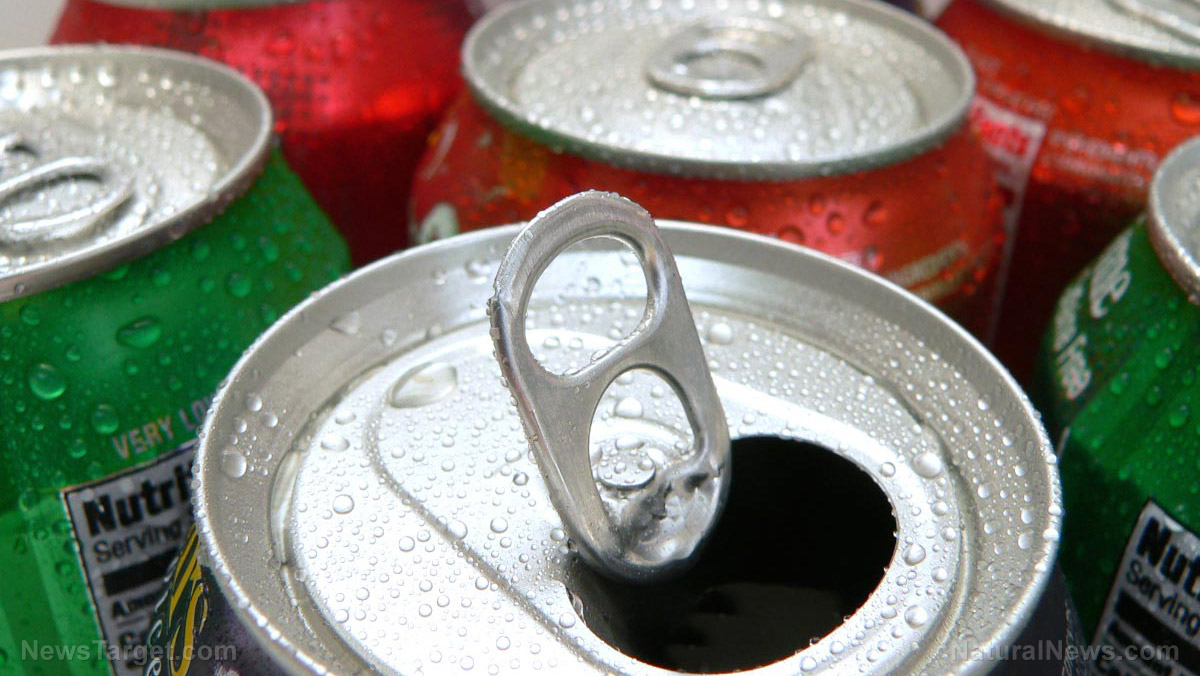Using baby wipes can make your child more allergic to food, new study finds
09/08/2018 / By Jessica Dolores

One moment, your cuddly infant is giggling without a care in the world. The next, he’s crying uncontrollably from itchy rashes all over his body.
The itchy rashes could be a sign of food allergy, which the baby could have acquired from environmental and genetic sources.
Professor Cook-Mills led a research on the causes of food allergies by studying newborn mice that had normal-looking skin. The research team gave the mice egg or peanut after exposing them three or four times to food and dust allergens, including sodium lauryl sulfate, a soap present in infant wipes. The mice showed allergic reactions in the area of the skin exposure and in the intestine. The allergic reactions included the life-threatening anaphylaxis.
Cook-Mills and her team from Northwestern University applied their findings to humans by coming up with a “recipe” for childhood allergies based on clinical data from their studies. Cook-Mills remarked that infants may not get allergens from food, but they could get them through their skin, the way the mice did.
For instance, a sibling with peanut butter on his face kisses the baby or a parent handling peanuts holds the infant. The baby’s sensitive skin comes into contact with food allergens.
The researchers added that the skin’s top layer is composed of lipids, types of fat which can be disrupted when it comes into contact with soap and soapy chemicals in baby wipes. This is why Cook-Mills advises parents and others who take care of babies to refrain from using infant wipes that leave soap on the skin. Wipes can contribute to food allergies in infants, because the chemicals in the wipes can weaken the infant’s immune system. (Related: Chemical preservative in baby wipes found to cause eczema-like rashes.)
Parents and guardians should also rinse their hands with soap and water before holding the baby.
Professor Cook-Mills explains that failure to do so may contribute to a rise in childhood food allergies, which, according to the U.S. Centers for Disease Control and Prevention, affect four to six percent of children. The incidence of food allergies in children under 18 rose to 18 percent from 1997 to 2007. Recent statistics also showed that the number of children hospitalized for food allergies has risen.
They added that problems related to skin barrier mutations may not be immediately obvious. In fact, they can start showing up long after the effects of food allergy have kicked off. For instance, the mice developed dry, itchy skin due to dermatitis when they were a few months old, or the equivalent of a young adult in human terms.
According to an American Academy of Allergy, Asthma, & Immunology report, the best way to prevent food allergies is to expose babies to more foods early. In contrast to earlier reports, the 2013 guidelines advise parents to introduce babies to basic foods like rice or oat cereal, fruits, and greens when they’re four to six months old. Allergenic foods like eggs and cow’s milk may be given after the baby has gotten used to basic foods.
Preventing food allergies in babies requires a delicate balance between protecting them from harmful chemicals and exposing them to everyday things, like the usual food health-conscious adults put on the table.
It’s a big responsibility. But the health dividends is something no amount of money can buy.
You can read more about the dangers of chemical preservatives found in everyday items at Chemicals.news.
Sources include:
Tagged Under: allergic reactions, allergies, anaphylaxis, baby wipes, chemical preservatives, childhood allergies, food allergy, infant health, research, science, skin exposure, skin sensitivity




















